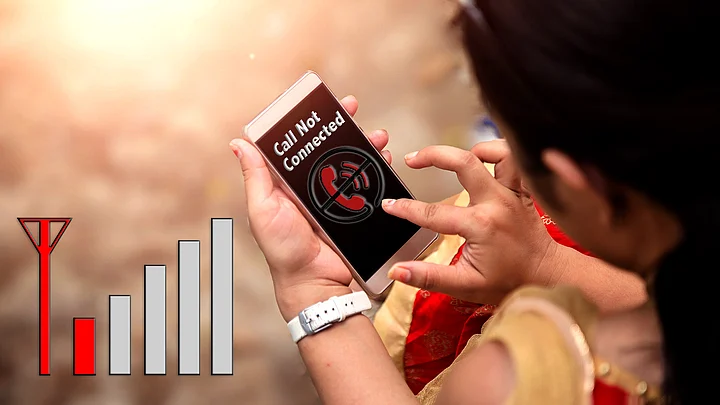India is a growing mobile market, with one of the lowest data rates and voice calling is free, whichever network you use. Most people are not convinced enough of the service. Many users loyal to a certain network, have been forced to rely on call-forwarding to another network or another phone to get clear connectivity, without needing to port to another network.
Even with affordable mobile plans, most of India has been facing increasing call drops. But it turns out 2018 has been the year when people have found it hard to get a call connected to the other side, let alone the calls dropping.
None of the telcos in the country have covered themselves in glory, and a latest public survey by a firm called LocalCircles, shows how the network pain has forced users to resort to Wi-Fi/data calling via WhatsApp, Google Duo or Skype even more than what they did last year.
The detailed survey has broadly highlighted issues faced by mobile users in India. Let’s just say, telcos have their work cut out for 2019.
In the survey, more than 32,000 people were questioned on topics like call drop, network connectivity quality and overall satisfaction with operators and their service.
First up, 18 percent users said half of their calls dropped or didn't connect. Then you had 38 percent users who said 20 to 50 percent of their calls had issues. And finally you had 11 percent users who did not face any issues with calling.
The survey had an interesting question, asking users to specify the duration after which they generally saw the calls dropping.
More than 78 percent of the users asked in the survey said their calls did not drop within the first 30 seconds of the call.
In this segment of the survey, 28 percent users said the calls don’t drop instantly, while 23 percent users said it takes a minute, before the network goes kaput. The other majority of issues were observed between 3 and 60 seconds of the call, when 27 percent users faced call drops.
Call Connect Failure > Call Drop
If you’re still bothered about call drops then you are not in the majority. In the last three months, more people have complained about call connect failure. As the graph below shows, 52 percent of the respondents have found it hard to get a call connected to the other side.
Telcos have heard enough about call drops, but now call connect issues is a headache they could definitely do without.
How Telcos Fared with Call Drops
Quite bad. That’s what most of the respondents of the survey said about the service that Vodafone-Idea (now merged together), Airtel and Reliance Jio offered to them in 2018. Majority of the users, on Airtel have complained of calls dropping, followed by Vodafone, then Reliance Jio and finally Idea.
Call Drop Feedback of Telcos:
- 37 percent of users on Airtel have seen an increase in call connect failure and call drop over the last three months.
- 32 percent of users on Vodafone have seen an increase in call connect failure and call drop over the last three months.
- 27 percent of users on Reliance Jio have seen an increase in call connect failure and call drop over the last three months.
- 16 percent of users on Airtel have seen an increase in call connect failure and call drop over the last three months.
This has resulted in more calls being made via Wi-Fi or mobile data. More than 30 percent of the respondents have resorted to over the top (OTT) platforms to make calls.
The report further states that people making such calls has increased by 50 percent. All this has been possible with affordable data plans that have encouraged video calls on apps like Whatsapp, Skype and Google Duo among others.
Call Drop — Why India Faces Them?
Telecom experts have said the sheer number of users in the country are not backed up with proper infrastructure. For every 1,000 people the country has at least 70 percent to 80 percent less spectrum compared to European countries.
In simple words, there are more people in India, using a narrow spectrum of bandwidth, hence telcos are not able to offer users better connectivity.
Add to that you have most operators stuck with 2G/3G networks, that have issues connecting through to an advanced 4G network. This is where experts opine that a wholesome network densification is required to offer consistent 4G connectivity to users. But the biggest contrast and reality check is, how things stand for India vis-a-vis another densely populated country like China.
According to a recent media report, India has 4,61,000 towers stationed across the country, catering to over 1.1 billion subscribers. While the same report says that China has over 1.94 million telecom towers for a customer base of 1.4 billion.
India has increasingly face opposition to setting up cell towers in residential areas due to fears of harmful effects of radiation. So much so, many towers have been dismantled and this has led to poor connectivity.
This shows where India lags and what it needs to improve its overall network connectivity headache in the foreseeable future.
(At The Quint, we question everything. Play an active role in shaping our journalism by becoming a member today.)
